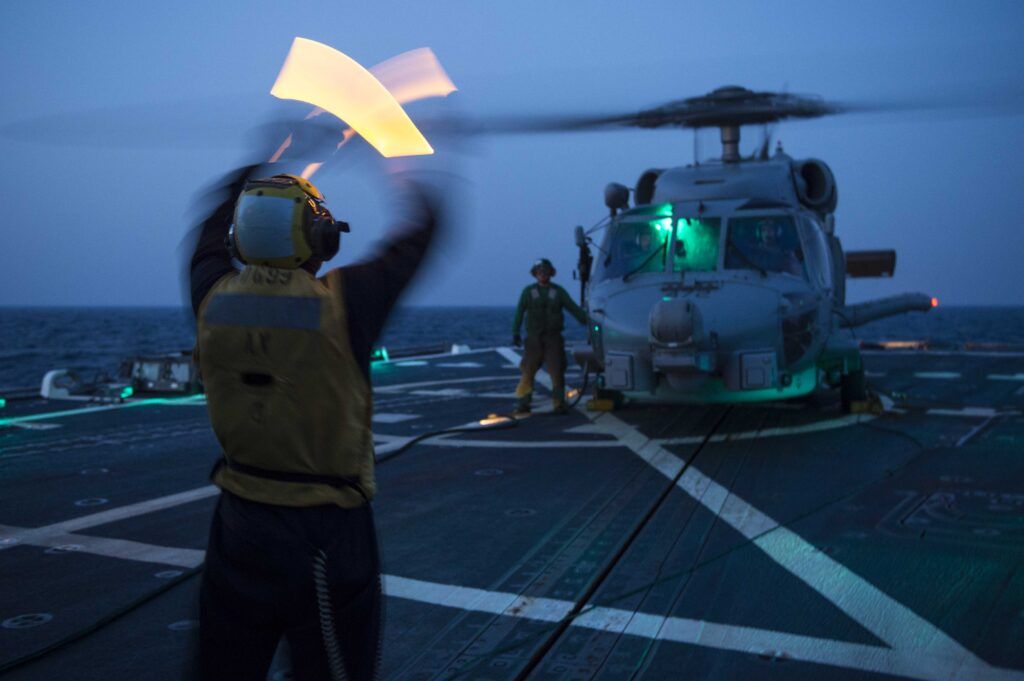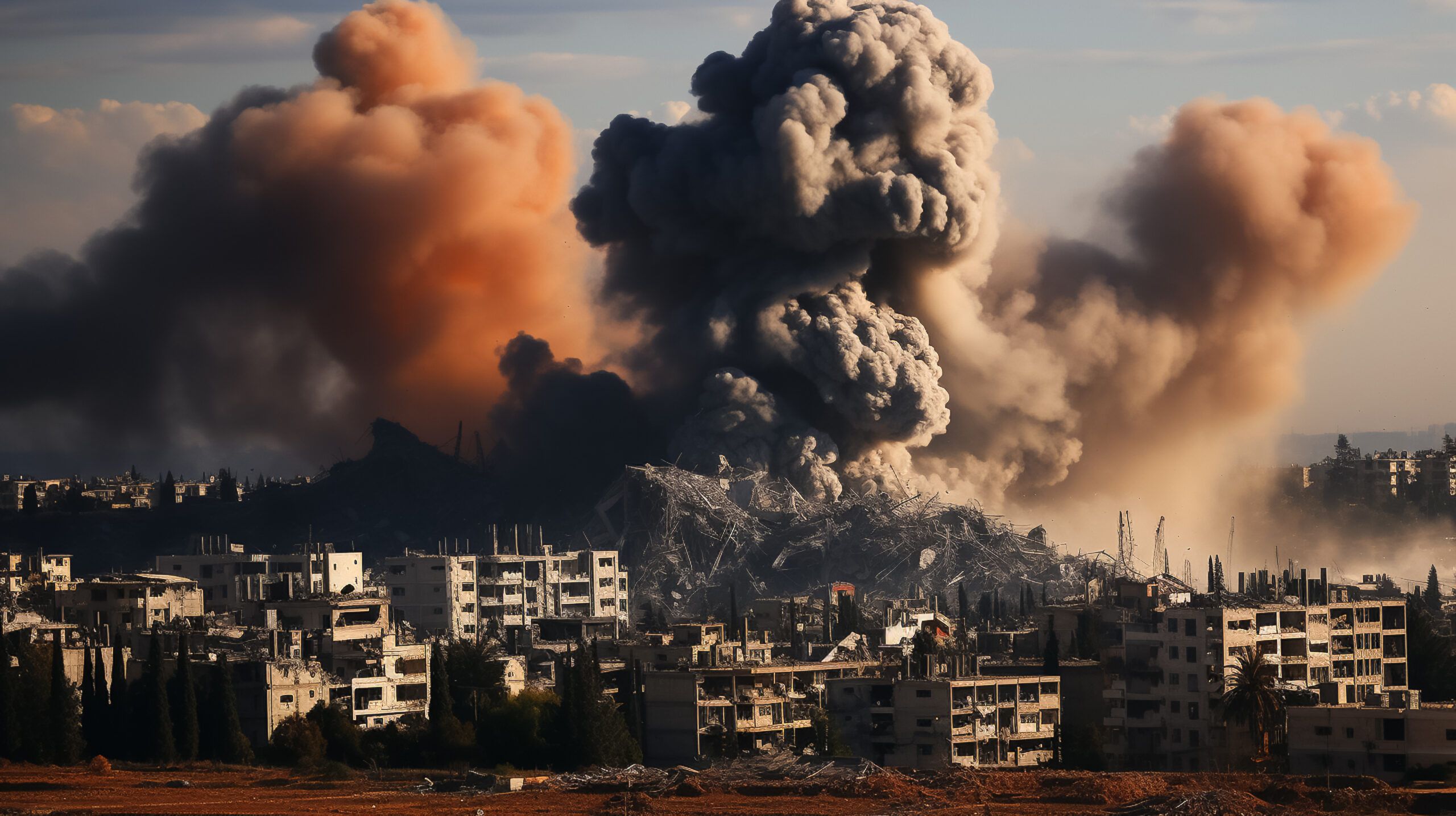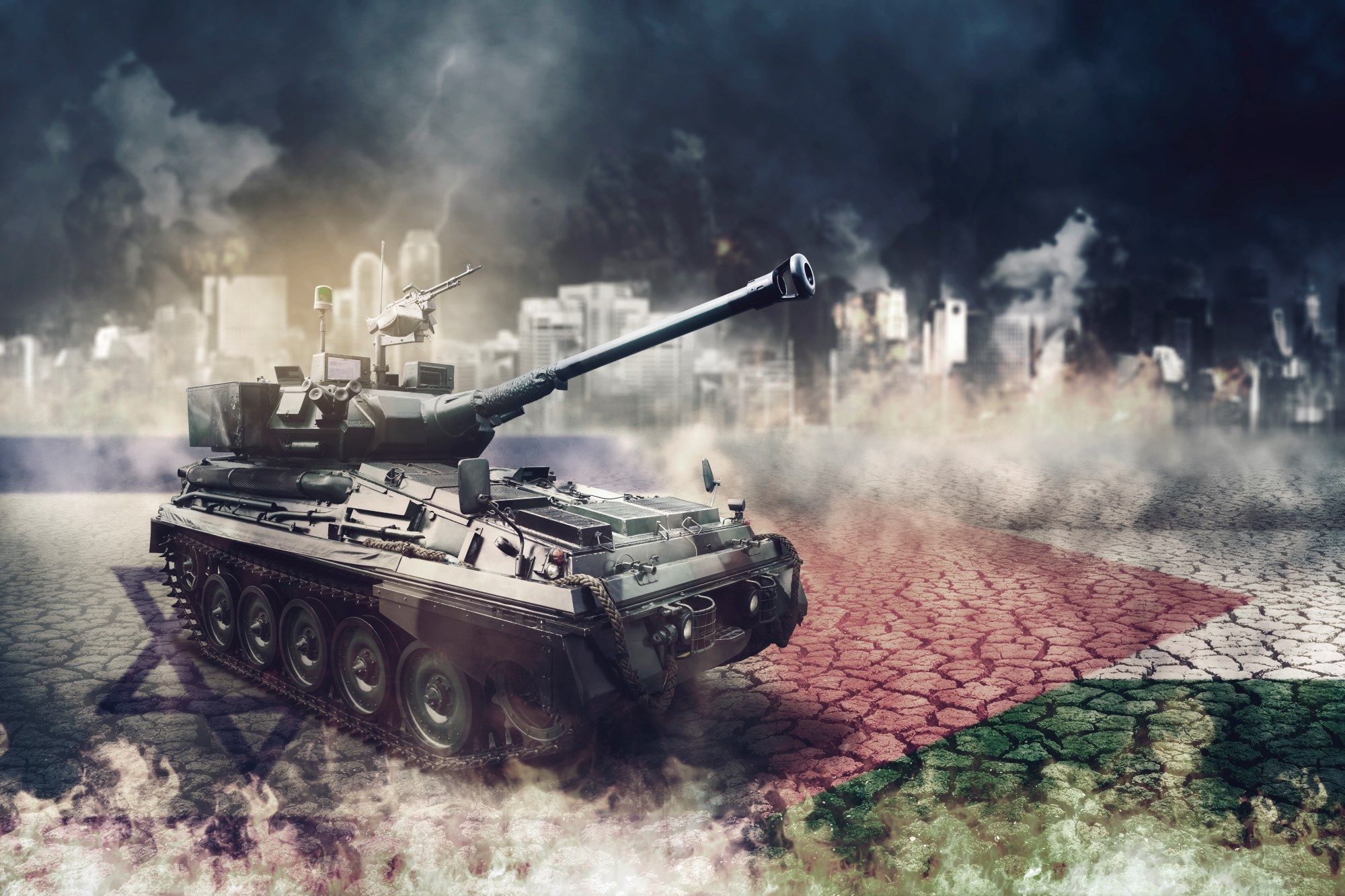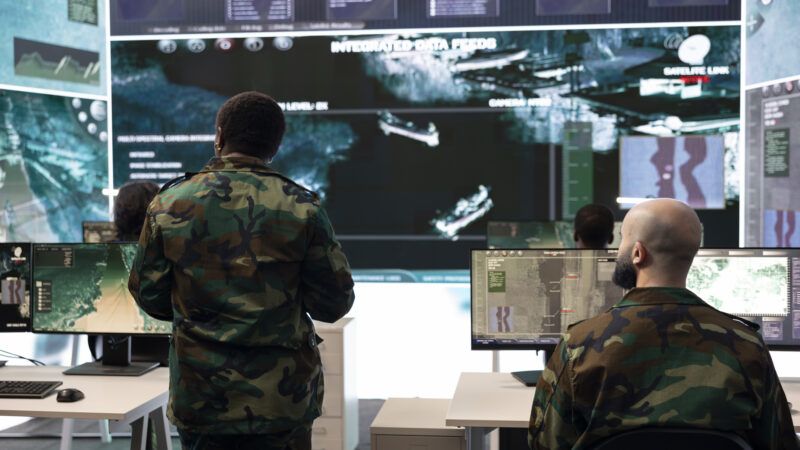 The Bab-El-Mandeb Strait has become a backdrop to the conflict in Gaza (Cpl. Todd F. Michalek)
The Bab-El-Mandeb Strait has become a backdrop to the conflict in Gaza (Cpl. Todd F. Michalek)
The war in Gaza and the disruption of supply chains: tension in the Bab-El-Mandeb strait
Once more, a conflict in the Middle East is causing upheaval to regional and international supply chains. The logistics and shipping industry has experienced more disruption in the last five years than it has in the previous 50 years. When it rains, it pours.

Jordi Torrent is the Strategy Manager at Port de Barcelona.
 The Bab-El-Mandeb Strait has become a backdrop to the conflict in Gaza (Cpl. Todd F. Michalek)
The Bab-El-Mandeb Strait has become a backdrop to the conflict in Gaza (Cpl. Todd F. Michalek)
For the first time in the last 70 years, the intensification of globalisation has slowed down significantly and, in some cases, global integration has been reversed in favour of greater regionalisation. The examples are still small but at the same time very significant, if we look at the sectors in which this paradigm shift is taking place.
The Red Sea, in the spotlight
As the war in Gaza escalates in a terrible spiral of death and destruction, it is spreading beyond the tiny strip where more than two million Palestinians live in overcrowded conditions. Today, it is safe to say that we are already on the brink of a regional conflict with unpredictable consequences unless hostilities cease quickly.
The Israeli invasion of Gaza was first replied by Hezbollah with targeted attacks on northern Israel, which were immediately answered, in a contained manner, by air and artillery strikes by the Israeli army, which, according to some sources, is already contemplating a ground invasion of southern Lebanon.
Almost immediately, Yemen's Houthis, in solidarity with Palestinians in Gaza and the West Bank, began launching attacks on ships sailing in the Red Sea, especially in the Bab-El-Mandeb Strait. The Gate of Lamentations or Gate of Tears, as the channel is known in English, is the southern mouth of the Red Sea that ships heading to or coming from the Suez Canal have to cross.
The attacks have been intensifying, with a number of ships being hit. As a result, major container shipowners and some oil companies have announced the cancellation of their Red Sea shipments and the diversion of vessels via the longer Cape of Good Hope route
Maritime transport, a collateral victim
This is not the first time this has occurred. In fact, it happened for a long time in the second half of the 20th century as a result of the Six Day and Yom Kippur wars. It has also happened on numerous occasions during this century. When Somali pirate attacks intensified in the 2000s as a result of the war in the African country and the breakdown of its governing institutions. These attacks were immortalised in the Tom Hanks-starring film Captain Phillips.
In the wake of the 2008 financial crisis, many ships decided to use the Cape of Good Hope route, especially when returning to Asia from Europe, in order to avoid paying the hefty Suez Canal toll. For similar reasons during the Covid 19 pandemic and also following the blockade of the Egyptian canal by the Evergiven in March 2021.
Indeed, in June 1967, during the Six-Day War, 15 ships passing through the canal were caught in the crossfire between Israel and the bloc formed by Egypt, Syria and Jordan. Although the war, as the name suggests, was over in a matter of days, Israel's occupation of the Sinai Peninsula meant that the canal was closed for eight years.
Of the 15 ships, one was sunk and the remaining 14 could not leave until the canal was reopened. The reopening had to wait for another war, the Yom Kippur war of 6-25 October 1973, and the return of the Sinai Peninsula to Egypt. The canal was finally reopened on 5 June 1975.
On 23 March 2021, the Panamanian-flagged container ship Ever Given, one of the largest in the world at 400 metres long and 59 metres wide, veered to starboard, struck land with the bulbous bow, and ran aground obliquely to the direction of the channel, blocking it completely. On 29 March, after removing sand to free the hull and trying to tow it out, the Ever Given was released and traffic returned to normal.

Change of course
At the time of writing, the vast majority of container ship owners have diverted their vessels around the Cape of Good Hope. So have some oil tankers. According to Suez Canal Authority estimates, only 50 vessels had taken this decision by mid-November.
A few days later, and pending the deployment of a larger US-led military fleet, the diversion of vessels was widespread. The use of the Cape of Good Hope route to connect Asia with Europe can lead to a 30% increase in ship operating costs (fuel in particular) and a journey time that can be extended by up to two additional weeks depending on the origin and final destination and the speed of navigation.
In the wake of the attacks, insurance companies' premiums for ships have also increased to cope with the increased risk involved in shipping. The tensions in the Middle East are in turn contributing to a spike in fuel prices, leading to extra cost increases for shipowners that are so far only being passed on in a small way to ocean freight rates.

The impact on shipping companies and the economy
All this coincides with a period of low demand for maritime transport - especially container shipping - throughout 2023, which has substantially worsened the economic results of the large container shipping companies, although it is true that they are coming from two excellent years in which, thanks to high freight rates, they have achieved astronomical profits.
All of this has a negative impact, especially on the European economy, which is the most dependent on the passage of merchant ships through the Red Sea. This is logical, if we take into account that 90% of European foreign trade with the world uses the maritime mode and that the EU's main trading partner in terms of goods is Asia, far ahead of the rest.

How will the conflict evolve?
Right now there are many uncertainties about the evolution of the conflict, especially with regard to attacks on cargo ships sailing in the Red Sea. The ability of the warships that the US and other countries are deploying in Yemen to deter the Houthis is still unknown.
Nor is it possible to anticipate the outcome of the secret negotiations that must be taking place between Iran, the Houthis' main ally, and the Western powers, let alone when the Gaza war, which has already resulted in more than 20,000 deaths and twice as many wounded, might end. Nor can it be predicted how the growing crossfire between Hezbollah and the Israeli army might evolve into an open war involving Israeli ground troops and bombardment by both sides beyond the border areas where they have so far concentrated. For the moment it still seems that both sides want to avoid such a scenario.
Whatever the developments, however, as long as the war in Gaza remains unresolved, instability in the region could spiral into a more intense regional conflict at any time, so that navigation in the Red Sea will continue to be under threat.

Possible scenarios and consequences
From the corner of the eye, everyone is watching the Strait of Hormuz with a heavy heart. The area, a recurring scene of skirmishes between Iran, Israel, the Gulf monarchies and the US, is vital for the world, since much of the oil and natural gas that feeds the global economy, especially in Asia (China, India, Indonesia, Japan, Korea, etc.) and Europe, passes through Hormuz. A situation in Hormuz similar to the one that now exists at Bab-el-Mandeb would jeopardise the functioning of the world economy and would lead to a scenario of unknown instability.
Everything seems to indicate, however, that such a scenario can be avoided, although it is difficult to predict the behaviour of governments, collectives, armed groups and populations, especially in the Muslim and Arab world and the global south, who are feeling the death and destruction taking place in Gaza.
The conflict in Gaza is deepening, if possible, the rift that is opening up between the Western world and the global South, led by the countries of the Far East and Africa, which are watching with stupefaction what is happening in Gaza and the almost unconditional alignment of the US and Europe with Israel.
This situation is likely to further increase the appetite of the countries of the global South to move closer economically and militarily to the major Asian powers. This has been going on since the beginning of this century, and the wars in the Ukraine and in Gaza can contribute to making it irreversible.





